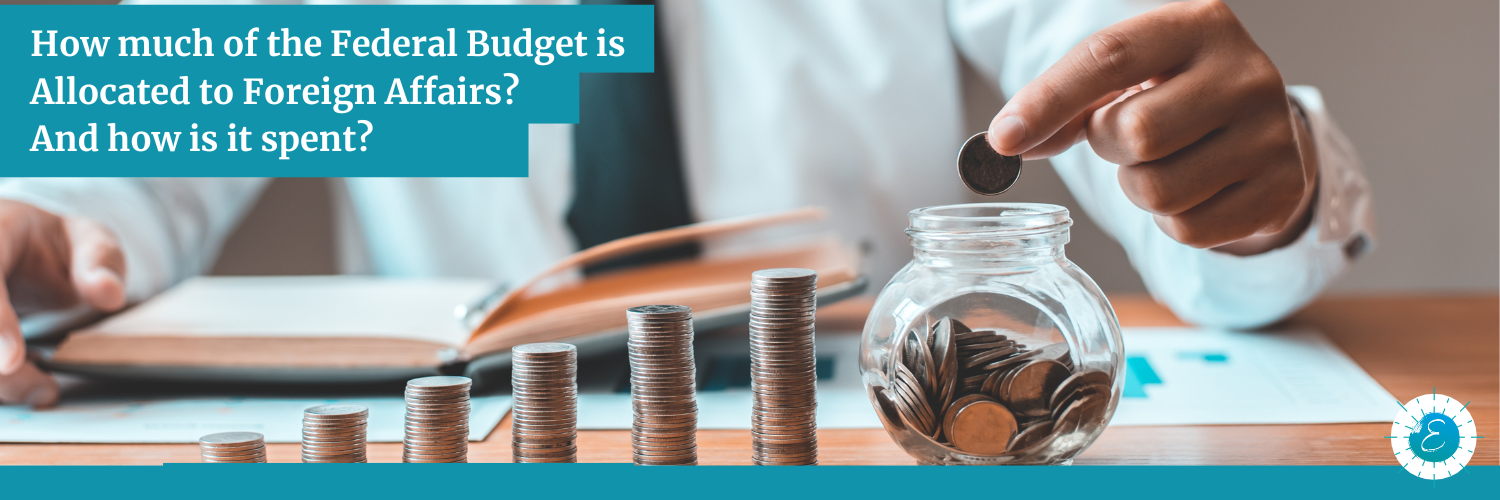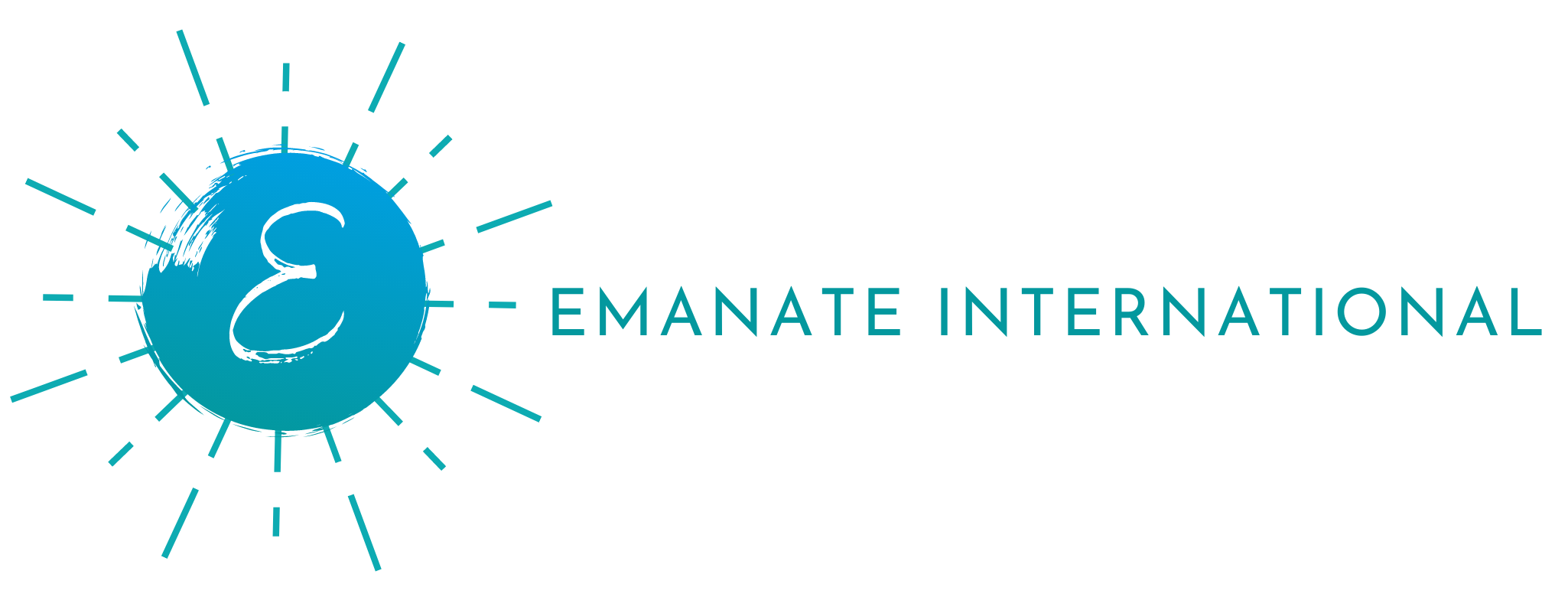
The media often reports that Congress and the US president have approved large sums of money to be given to other nations in support of humanitarian crises around the globe. However, what the American people might not realize is how much, or rather how little, of the federal budget is actually spent on foreign interests. It’s true that the US typically contributes the highest total aid dollars globally – yet it’s not the highest donor nation per capita when measuring for gross national income (GNI). According to an analysis by the World Economic Forum in 2016, the US gave the most development aid dollars ($30.8M) overall, but in terms of GNI, was not even in the top 10 countries. Rather the total American dollars allocated to aid in 2016 were about .17% of the US gross national income, whereas nations like Sweden and Norway contributed 1.41% and 1.05% of their income per capita. That means, in 2016, each working US taxpayer contributed less than 1% of their own federal tax dollars to foreign aid.
In FY23 the Biden Administration requested $60.4 billion dollars be allocated for the State Department and USAID. This request is indeed about 6% higher than the request as for FY22 due to growing conflict, hunger, and natural disasters in numerous aid-recipient nations. While it may seem that these sums are astronomical, they typically are not a large part of the overall US Fiscal budget. Since 1961, America’s Foreign Aid System has allocated on average 1% of the entire federal budget. Some years it has been lower than one percent and other years it has been a little higher, but has not superseded two percent in a fiscal year.
More importantly, and possibly the more controversial question, is how are these dollars distributed? In FY22, the foreign affairs budget was 1.2% of the entire budget and was allocated as follows:
- Long-term development aid (42%)
- Includes programs to support economic growth, health programs (such as HIV/AIDs, maternal and family health), and multilateral institutions such as the World Bank and the UN Development Program.
- Military and security aid (33%)
- US military equipment, training foreign military personnel, and funding of peacekeeping missions.
- Humanitarian aid (14%)
- To alleviate short-term humanitarian crises.
- Political aid (11%)
- To support political stability, free-market economic reforms, and democratic institutions including governance, justice system reforms, human rights organizations, and peace talks.
This past fall and spring, I had the privilege of attending the USGLC’s Global Impact Forum and the World Vision Advocacy Summit in Washington, D.C. Both of these conferences allowed me to hear from representatives of large entities, like USAID, the UN, the WFP, and World Vision, just to name a few. I was pleased to discover that these larger entities are intentionally shifting their focus to partner with, and support more locally led initiatives. There was a lot of discussion on recognizing the need to ensure that foreign food aid is only supplied in situations where communities are unable to procure it for themselves and to invest more in resilient solutions. Save the Children defines “resilience” as “the ability to manage chronic challenges and bounce back from sudden crises.” Sarah Charles, who serves at the Bureau for Humanitarian Assistance at USAID also affirmed that the goal of investing in resilient agricultural initiatives was to ultimately “graduate” communities to no longer needing aid.
During both of these trips to D.C. as a USGLC Fellow and as a World Vision Advocate, I had the opportunity to go to Capitol Hill and meet with my local representatives to advocate that congress would support funding for two components of the Farm Bill:
- Food for Peace title II: is the largest international food aid program in the Farm Bill and has two parts:
- Emergency Programs: support emergency programs where local markets are not functioning and where people are unable to grow their own food. In these instances, the programs supply US grown commodities such as wheat, corn, and beans to communities that are facing food insecurity.
- Non-Emergency Programs: Support families’ ability to feed themselves. These programs fund activities that address root causes of hunger and invest in supporting resilience to allow communities to graduate from dependency on foreign aid to becoming self-sufficient.
- Food for Peace title II: is the largest international food aid program in the Farm Bill and has two parts:
- McGovern-Dole Food for Education Programs
- This program provides school meals for children in low-income countries by supplying US grown commodities.
- Within this program there are initiatives being implemented to connect local farmers to the school meal programs.
Sitting in conference rooms with some of the world’s largest actors in the Humanitarian and Development sector, I was encouraged to hear numerous discussions about the importance of reducing unnecessary aid and investing in sustainable locally led solutions. It gives me hope to see alignment amongst larger NGOs and government agencies to adopt programs and policies that will put indigenous parties from the Global South in the driver’s seat.
While I do find it encouraging that larger organizations are re-evaluating their methods and shifting to invest in more locally led solutions, there is still a long way to go. Unfortunately the UN’s 17 Sustainable Development Goals (SDGs) are not on track to be reached by 2030*, and both hunger and poverty are increasing. According to the World Food Program, in 2022, approximately 258 million people across 58 nations faced severe food insecurity. In 2023, WFP estimated that over 345 million people are facing extreme hunger.
There are many factors that contribute to these numbers, the primary influencers being extreme shifts in weather patterns that have disrupted farmers ability to procure crops and sustain livestock, geo-political conflicts, as well as civil unrest in nations such as Ukraine, South Sudan, Haiti, Afghanistan, Syria, and now with the Israeli-Hamas conflict in the Middle East.
I remain an ardent believer in supporting local communities to lead their own progress and to reduce the need for dependency on aid. However, given certain external forces that impede communities from advancing, I recognize the value of foreign involvement to, at the very least, help provide necessary support to allow communities the security and support to succeed in their efforts to develop and flourish.
Lastly, as an American and as a woman, I must confess that I feel immense gratitude to live in a nation that allows its citizens the right and privilege to participate in the democratic process. The chance to speak to my state representatives to advocate on behalf of bills that have great potential to save lives is a privilege I do not take for granted. Unfortunately, there remain too many nations that do not grant such rights to their people.
*More details on the UNs SGD Scorecard were outlined via the World Economic Forum this past September.

Sasha Nicolle
Founder and CEO of Emanate International
